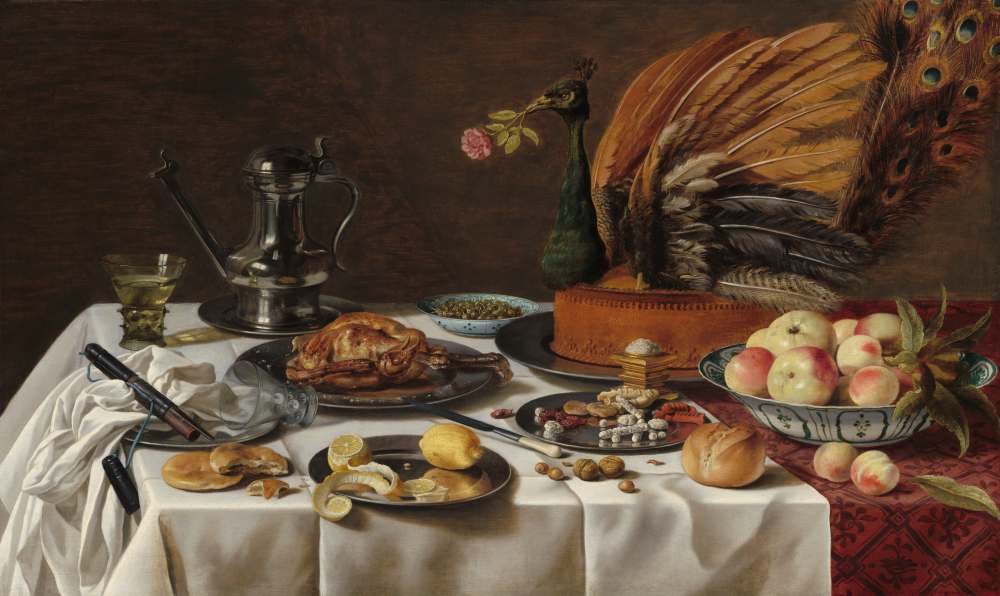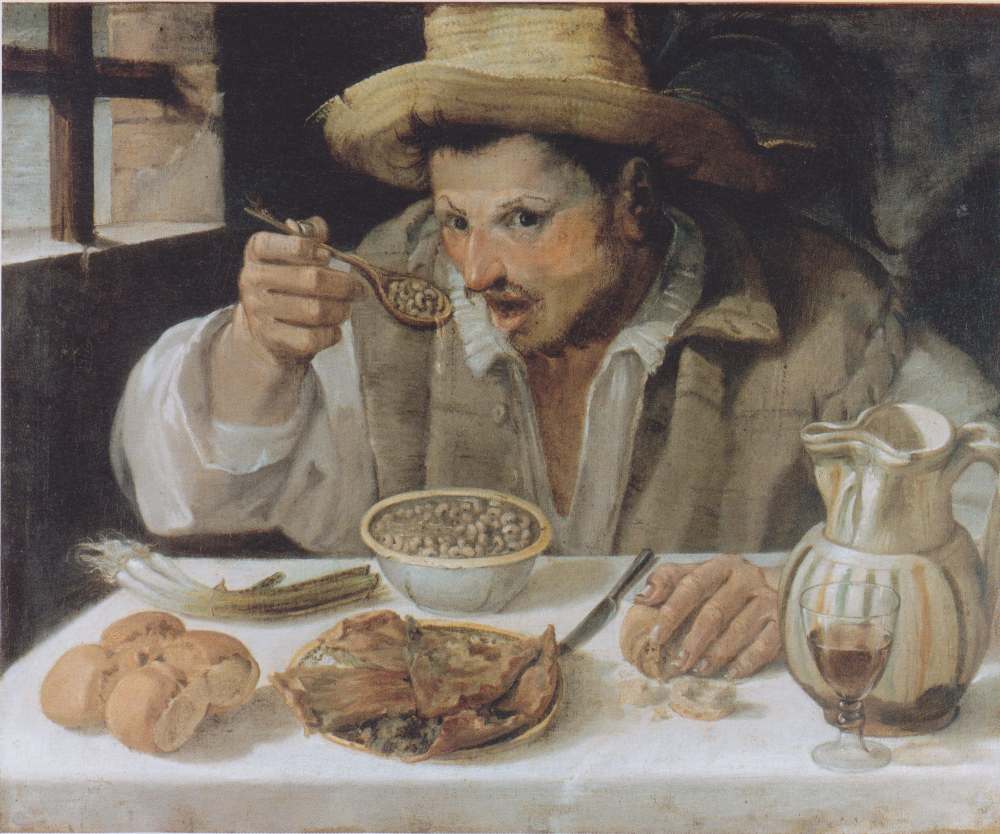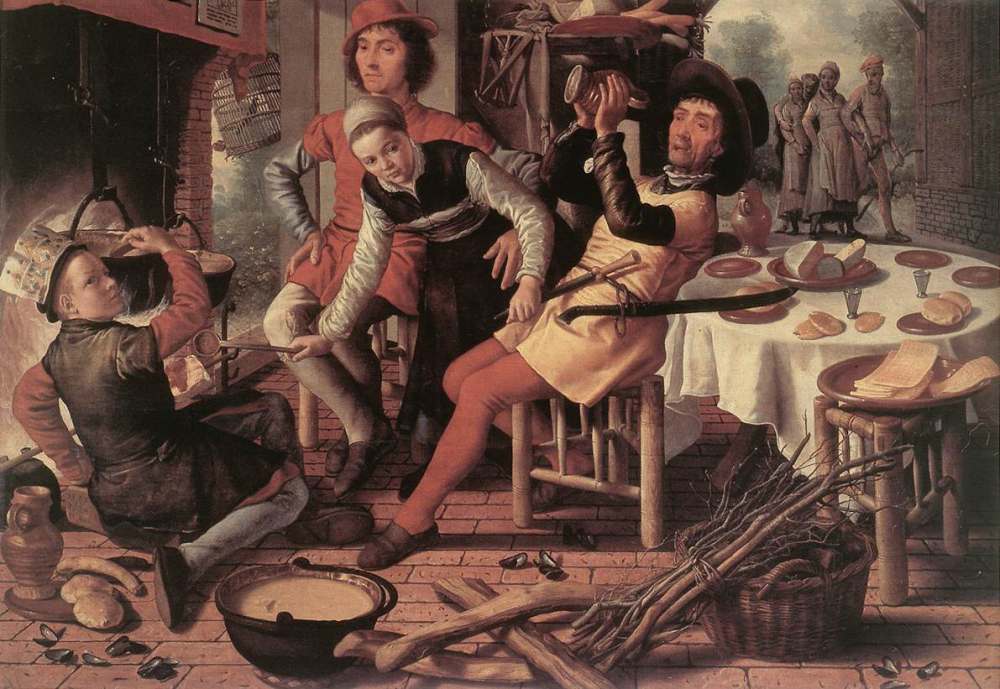The Renaissance period, from the 14th to the 17th century, was a time of profound cultural and intellectual rebirth across Europe. This era of enlightenment did not just influence art, science, and literature; it also heralded a revolution in the culinary world. The history of Renaissance cooking is a fascinating journey through the tastes, ingredients, and dining customs that shaped modern European cuisine.
From the introduction of new flavors and ingredients to the elaborate feasts of the nobility, the culinary practices of the Renaissance laid the groundwork for many aspects of contemporary dining. This article will take a closer look at the transformation of cooking during the Renaissance, highlighting how changes in society and discoveries around the globe influenced what people ate and how they prepared their meals.
The Beginnings and Influences of Renaissance Cooking
The roots of Renaissance cooking can be traced back to the social and economic changes sweeping across Europe during the 14th century. As cities grew and trade routes expanded, European kitchens began to see an influx of new ingredients and spices from Asia and the New World. This period marked a departure from the heavily spiced and somewhat monotone flavors of medieval cuisine, introducing a greater variety of tastes and culinary techniques.
One of the most significant influences on Renaissance cooking was the contact with the Middle East and Asia, brought about by the Crusades and later by trade. Spices such as pepper, cinnamon, and cloves, once rare and expensive, became more accessible, transforming the flavor profiles of European dishes. Additionally, the discovery of the New World introduced tomatoes, potatoes, maize, and chocolate to the European palate, ingredients that would eventually become staples in various cuisines.
Another key influence was the Humanist movement of the Renaissance, which promoted a return to classical knowledge and values. This intellectual revival led to a renewed interest in ancient Roman and Greek texts, including their culinary traditions. Cooks began to experiment with these ancient recipes, adapting them to contemporary tastes and available ingredients. This fusion of old and new knowledge contributed to a more sophisticated and diverse culinary culture.
The Renaissance was also a time of opulence displayed by the European elite, and this was reflected in their dining habits. Banquets became more elaborate, with dishes designed to impress guests not only with their flavors but also with their presentation. Cooks employed a variety of techniques to create visually stunning dishes, including the use of edible gold leaf and intricate sugar sculptures.
The Renaissance Diet
The Renaissance diet was diverse and varied significantly across different regions of Europe. However, certain food items played a crucial role in the culinary landscape of the era. Here are some of the key components:
- Bread: The staple of the Renaissance diet, bread was consumed by all social classes, and pasta wasn’t a staple back then. The quality and type varied greatly, with the wealthy enjoying fine, white bread while the poor often ate darker, coarser loaves.
- Meat: Meat, including beef, pork, poultry, and game, was a prominent part of the diet of the wealthy. Lavish feasts often featured elaborate meat dishes. However, meat was less accessible to the lower classes.
- Fish: Fish and seafood were important, especially on fast days when meat consumption was forbidden by the Church. Salted and dried fish were common among those who lived far from fresh sources.
- Fruits and Vegetables: Though not always the focus of the meal, a variety of fruits and vegetables were eaten. Root vegetables, cabbages, onions, and legumes were common, along with apples, pears, and berries when in season.
- Dairy: Cheese and butter were widely consumed, although milk was less commonly drunk by adults and more often used in cooking.
- Spices: The Renaissance saw an explosion in the use of spices, thanks to increased trade with the East. Pepper, cinnamon, cloves, nutmeg, and saffron were highly prized for flavoring dishes.
- Sugar: Once a luxury item, sugar became more widely available during the Renaissance and was used liberally in both cooking and in creating elaborate desserts and confections.
- Wine and Beer: Both were common beverages consumed daily by adults across all social strata. Wine was prevalent in the South, while beer was more common in the North.
- Eggs: Used in a variety of dishes, eggs were a valuable protein source and also employed in making pasta and pastries.
The Renaissance diet reflected the era’s social hierarchies, culinary innovations, and the expanding web of global trade.
Renaissance Cooking Methods
Renaissance cooking methods were as diverse as the ingredients that came into play during this period of culinary expansion. Innovations in kitchen design and the introduction of new cooking tools facilitated a variety of techniques that enhanced flavor and presentation. Here’s a look at some of the primary cooking methods employed during the Renaissance:
- Roasting: A favored method for preparing meat, roasting was done over an open fire. The development of the rotating spit made it easier to cook large cuts of meat evenly.
- Boiling: Boiling was a common technique for both meats and vegetables. Cooks often used large cauldrons hanging over the fire, and the broth from boiled foods was frequently used to prepare soups and sauces.
- Baking: The Renaissance saw significant advances in oven technology, allowing for more controlled baking. Breads, pies, and pastries became more sophisticated, with the wealthy enjoying a greater variety of baked goods.
- Frying: Frying in oil or fat was popular for preparing smaller cuts of meat, fish, and vegetables. This method added a crispy texture and rich flavor to foods.
- Stewing: Stewing allows for the combination of meats, vegetables, and spices in a single pot, with slow cooking over low heat. This method was ideal for tenderizing tougher cuts of meat and blending flavors.
- Grilling: Although less common than roasting, grilling over direct heat was used for fish, vegetables, and smaller cuts of meat, imparting a charred flavor that was highly prized.
Cooks experimented with combinations of techniques to create dishes that delighted the senses and reflected the era’s artistic and cultural achievements. The diversity of cooking methods contributed to a rich culinary tradition that laid the groundwork for modern European cuisine.
Conclusion
The fusion of new ingredients, innovative cooking methods, and the burgeoning spirit of exploration and creativity led to profound changes in how food was prepared and enjoyed during the Renaissance. In the said period, kitchens became laboratories of taste, where the foundations of modern gastronomy were laid. The Renaissance’s influence extended beyond recipes and techniques, embedding itself in the cultural and social fabric of Europe and shaping dining customs that have persisted to this day.



